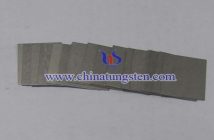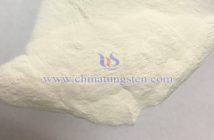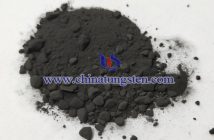As a typical tungstic acid, yellow tungstic acid generally refers to a transition metal compound with a 1:1 ratio of tungsten trioxide (WO?) to water (H?O). It consists of one tungsten atom, two hydrogen atoms, and four oxygen atoms, forming a pale yellow crystal or powder. It is a hydrated tungsten oxide, with the English name Yellow Tungstic Acid, a molecular formula of H?WO? or WO?·H?O, and a molecular weight of 249.86.
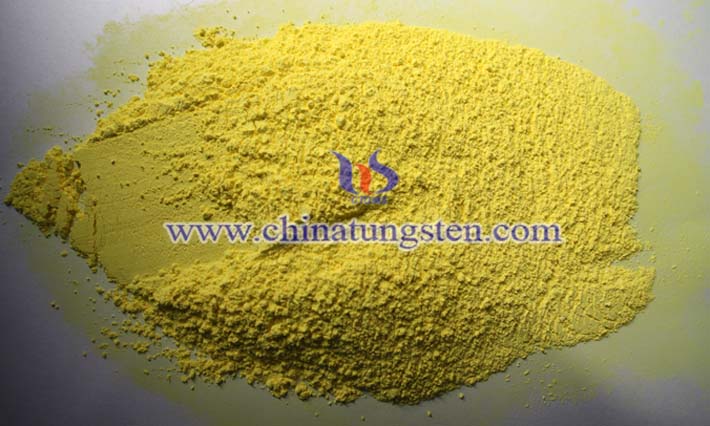
Yellow tungstic acid appears as a pale orange-yellow powder, with a melting point of approximately 1473°C and a density of about 5.5 g/cm3. It is insoluble in water, phosphoric acid solutions, and potassium niobate/tantalate solutions, but soluble in alkaline solutions (e.g., ammonia water) and concentrated hydrochloric acid. It lacks acidity and reactivity, has poor thermal stability (easily forming yellow tungsten oxide upon ignition), and exhibits good catalytic properties and strong oxidizing capabilities.
Notably, yellow tungstic acid can be classified into various types based on particle size, including micron, submicron, nanoscale, and sub-nanoscale grades. The specific surface area varies across these grades, with smaller particle sizes generally corresponding to larger specific surface areas. Specific surface area refers to the total surface area per unit mass of a material, measured in m2/g.
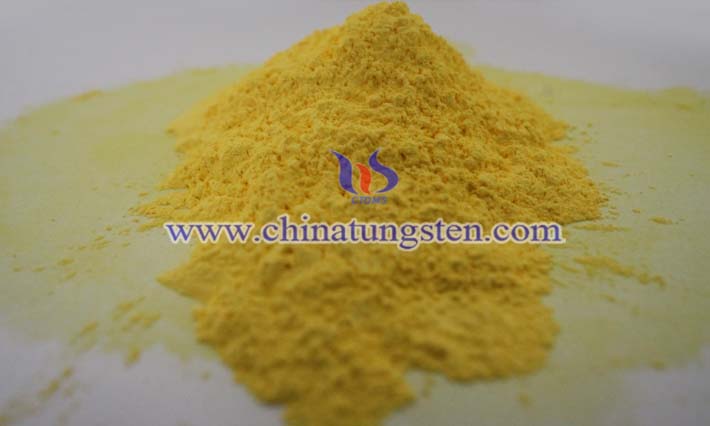
Yellow tungstic acid can be produced through several processes: Acidify a sodium tungstate solution with hydrochloric acid to form a polytungstate solution, then add an excess of concentrated hydrochloric acid. React a sodium tungstate solution with a calcium chloride solution to form a calcium tungstate precipitate, then add hot concentrated hydrochloric acid to the precipitate. Fuse and extract a pretreated sodium tungstate solution with an extractant, then fuse and strip the tungsten-loaded organic phase with a stripping agent; the resulting strip liquor is heated, cooled, and filtered to obtain the product.
Yellow tungstic acid is used to produce other tungsten chemical products (e.g., tungsten oxides, tungstates), as well as mordants, analytical reagents, petrochemical catalysts, water treatment agents, ceramic pigments, and fireproof and waterproof materials.

